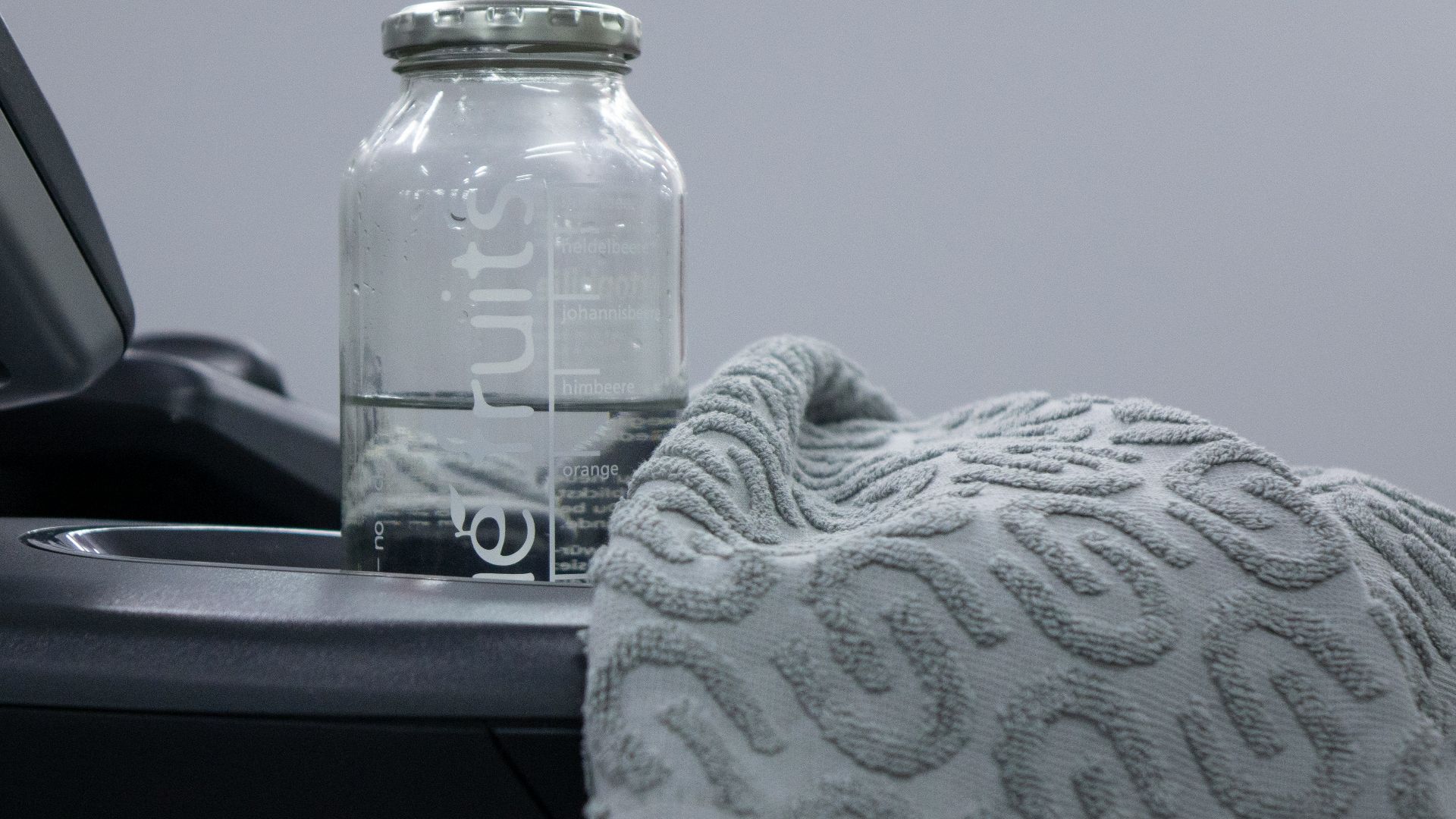The Silent Impact Of Fiber
You know how some things just work in the background, and you barely notice until they stop? Fiber is exactly that! It helps your system function properly. Without it, your body starts reacting in ways you can’t ignore. But don’t worry, because adding fiber back is a lot easier than you might think. This article will cover both the warning signs and the simple solutions to get you back on track. Let's start with the signs of low fiber intake.
1. Constipation
One of the most common signs of a low-fiber diet is constipation. Fiber acts like a natural broom, moving waste efficiently through the digestive tract and helping regulate bowel movements. Without enough fiber, chronic constipation can develop, sometimes resulting in hemorrhoids.
2. Bumpy Eyelids
When fiber is lacking, cholesterol tends to stay in the bloodstream instead of being flushed out. That’s when warning signs like yellow skin patches may develop. Soluble fiber acts as a shield and sweeps the cholesterol away before it collects in the wrong places.
3. Blood Sugar Fluctuations
Fiber helps manage blood sugar levels after eating. If you don’t get enough fiber, glucose enters the bloodstream rapidly, causing dramatic spikes followed by sudden crashes. These fluctuations lead to fatigue and irritability while also increasing the long-term risk of type 2 diabetes.
4. Weight Gain
Low fiber intake makes weight management significantly more difficult. You tend to feel hungry more frequently and snack between meals. Fiber-rich foods provide greater satiety with fewer calories and make portion control much easier to maintain.
5. Increased Risk Of Inflammatory Bowel Disease (IBD)
Your gut relies on fiber to maintain a healthy bacterial balance. Insufficient fiber allows harmful bacteria to dominate the digestive tract and trigger chronic inflammation. This bacterial imbalance creates conditions that significantly increase your risk of developing IBD and other serious inflammatory digestive disorders.
6. Microbiome Imbalance
The gut microbiome affects everything from immunity to mental wellness. Without enough fiber, the health of your immune system may be compromised. Fiber not only feeds beneficial gut microorganisms but also serves as the favorite food of your gut's "good bacteria."
7. Bad Breath
Fiber deficiency affects more than just digestion—it can impact your breath, too. When your digestive system slows down, constipation-related halitosis may develop, causing distinctly unpleasant breath. Regular fiber intake helps prevent these problems.
8. Heart Disease
The connection between fiber and heart health is clear. Fiber from cereals and vegetables is especially protective for the heart, and people who consume the most fiber face a lower cardiac death. It also helps in lowering blood pressure.
9. Diverticulitis
The colon requires adequate fiber to function properly and prevent structural problems. Low fiber intake causes stools to harden and creates excessive pressure during bowel movements. This pressure forms small pouches in the colon wall that can become infected and lead to painful diverticulitis episodes.
10. Mood Swings
Blood sugar instability is one consequence of low fiber intake, but the disruption doesn’t end there. Gut bacteria lose their ability to generate key neurotransmitters, amplifying anxiety, depression, and daily emotional ups and downs.
Now that you’ve seen how low fiber affects your body, let’s explore delicious, easy ways to boost your intake.
1. Kidney Beans
Kidney beans stand out as a valuable dietary fiber source, with 5.7 grams packed into each half-cup cooked portion. Their distinctive kidney shape sets them apart from other legumes, while their rich protein content attracts vegetarians seeking meat alternatives.
2. Apples
Generations repeated the line about apples keeping doctors away, and science backs parts of it. A medium apple delivers fiber plus pectin, both aiding heart health. With thousands of varieties grown worldwide, apples bring both crisp flavor and solid nutrition in every bite.
3. Oats
A bowl of oats does more than just fill your morning hunger. This whole grain contains beta-glucan, a powerful soluble fiber that reduces cholesterol. Beyond promoting fullness, oats offer dietary fiber benefits and adapt well to various forms—from warm oatmeal to crunchy granola.
4. Chia Seeds
These nutrient-dense seeds create a satisfying gel-like texture when soaked in liquid, making them perfect for puddings. A longtime staple of Aztec and Mayan civilizations, chia seeds provide enough fiber and omega-3 fatty acids, plus they blend easily into various dishes.
5. Lentils
Your pantry needs these fiber-rich legumes, which deliver 7.8 grams per half-cup cooked serving. They're available in brown, green, red, and black varieties, and cook faster than other dried legumes. Subsequently, lentils prove themselves as a valuable source of dietary fiber.
6. Almonds
These nutrient-dense tree seeds, commonly mistaken for nuts, offer 2.7 grams of fiber per 23g serving. Rich in healthy unsaturated fats, almonds adapt beautifully to various preparations such as raw snacks or roasted treats.
7. Quinoa
Quinoa’s history stretches back to the Incas, who saw it as sacred. Today, one cooked cup supplies 5 grams of fiber plus every essential amino acid. Its gluten-free nature ensures it remains a popular staple for balanced, plant-forward meals across the world.
8. Broccoli
This cruciferous vegetable brings more than just fiber to your plate. While half a cup of cooked broccoli contains 2.5 grams of fiber, it's also packed with vitamin C and antioxidants. Moreover, you can enjoy broccoli in many ways, such as steaming it, adding it to soups, or tossing it into fresh salads.
9. Avocado
Avocados pack impressive nutrition into their unique shape. Their rough, textured skin earned them the name "alligator pear," yet inside lies a creamy fruit rich in healthy fats. A half Hass avocado contains 5 grams of fiber, making them perfect for spreads or guacamole.
10. Artichoke
The Mediterranean region has treasured artichokes since ancient times, and for good reason. These flower buds from thistle plants pack an impressive 9.6 grams of fiber per cooked cup. Beyond their fiber content, artichokes deliver many other valuable nutrients, such as vitamin C and K, which makes them a smart addition to meals.
KEEP ON READING




























